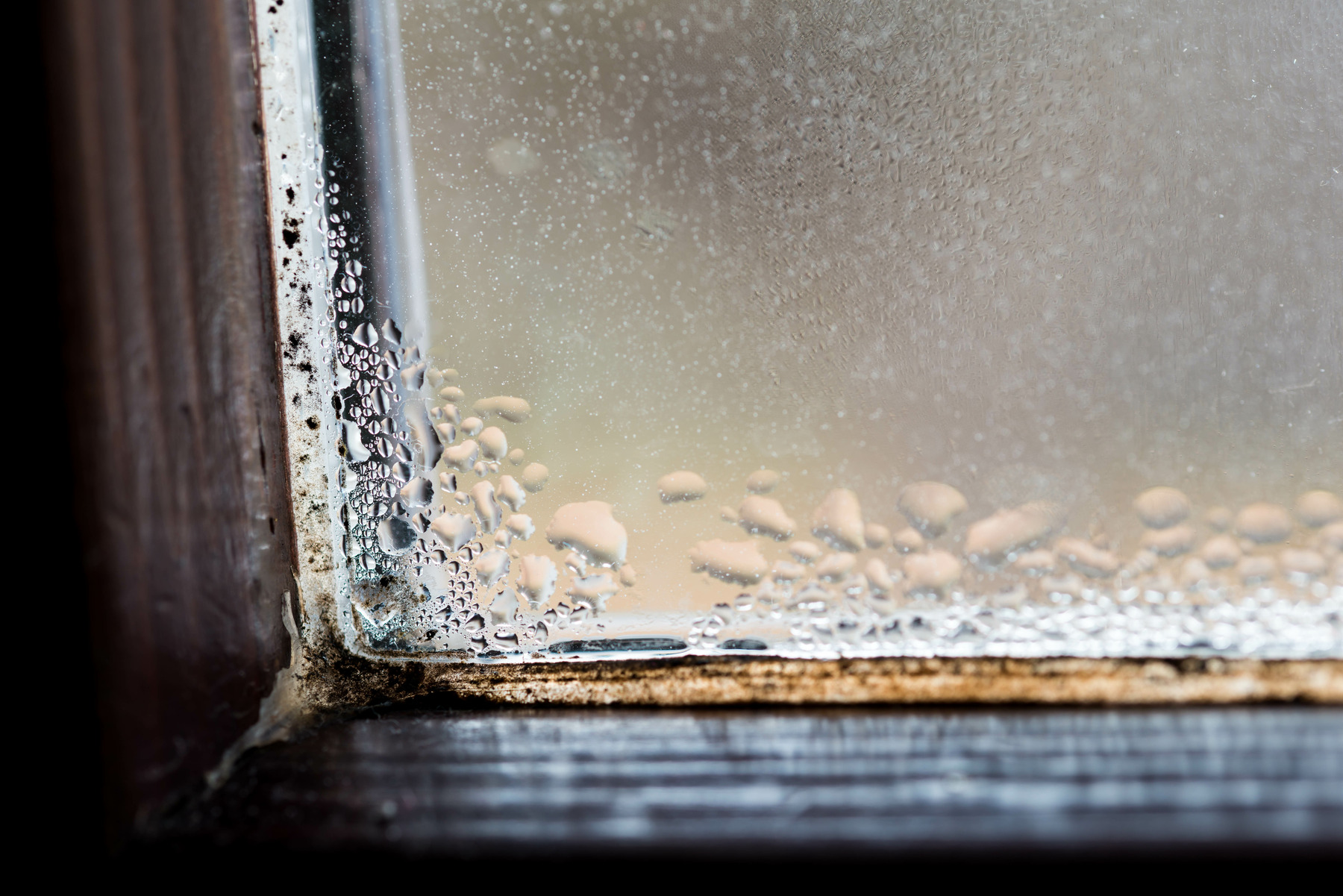
Preparing your home for winter in the Northeast requires preparing for colder temperatures, snow, and the potential for mold growth due to increased moisture and condensation. Mold in winter may feel unexpected, but it will thrive in damp and warm environments, so winterizing your home effectively can help minimize mold risks. Here’s a guide on how to “get mold ready” for winter:
1. Seal Air Leaks and Gaps
- Inspect windows and doors: Check for gaps or drafts around windows and doors. Seal any air leaks with weatherstripping or caulk. This helps prevent warm, moist air from entering your home and reduces condensation, a common cause of mold growth in winter.
- Check the attic and basement: These areas are often prone to air leaks and moisture buildup. Seal cracks and inspect insulation to ensure it’s intact.
2. Control Humidity Levels
- Use a dehumidifier: While you may need to increase indoor humidity in winter to avoid dry skin and respiratory problems, you don’t want excess moisture in the air. A dehumidifier can help keep humidity levels under control, especially in damp areas like basements and bathrooms.
- Maintain humidity between 30% and 55%: This range is ideal for preventing mold growth without making the air too dry.
3. Improve Ventilation
- Increase air circulation: Proper ventilation is essential in areas prone to moisture (bathrooms, kitchens, and basements). Exhaust fans and open windows occasionally when the weather allows can help. A good ventilation system reduces moisture buildup and prevents mold growth.
- Use a furnace fan: If your HVAC system has a fan mode, set it to circulate air throughout the house. This helps reduce stagnant air, which can promote mold growth.
4. Inspect and Clean Gutters
- Clean gutters and downspouts: Clogged gutters can cause water to back up and leak into the home, especially when snow and ice melt. Remove leaves and debris to ensure water flows properly and prevent moisture buildup near your home’s foundation.
5. Check for Leaks and Repair Them
- Inspect your roof and walls: Winter weather can worsen any existing leaks. Look for any water stains, cracks, or holes, and repair them before winter hits. Focus on areas around chimneys, windows, and doors.
- Check pipes for freezing risk: Frozen pipes can burst and cause leaks. Insulate pipes in unheated areas like basements and attics to avoid water damage, which could lead to mold.
6. Ensure Proper Insulation
- Insulate attics and basements: Proper insulation helps prevent condensation from forming on cold surfaces, which can contribute to mold growth. Ensure your attic and basement are well-insulated, especially around windows, doors, and exposed pipes.
7. Keep Snow and Ice Away from the House
- Clear snow away from the foundation: Remove snow and ice around your foundation, windows, and doors to prevent water from seeping in and create a damp environment that could foster mold growth.
8. Maintain Your HVAC System
- Change air filters regularly: A clogged or dirty air filter can reduce airflow, producing excess moisture and creating a more favorable environment for mold growth.
- Clean ducts and vents: Dust and debris can accumulate in ducts and vents. Cleaning these systems can help prevent mold from growing inside, as stagnant moisture in the ducts could provide a breeding ground.
9. Address Indoor Mold Issues Early
- Remove existing mold: If you’ve had mold problems, be sure to clean and remove or hire a remediation firm to clean and remove any visible mold before the cold season begins. Use appropriate cleaners and ensure the area is thoroughly dry.
- Check hidden areas: Don’t forget to check behind appliances, inside closets, and under sinks, where moisture can accumulate unnoticed. Address any mold growth you find before it becomes a more significant issue.
10. Monitor the Basement and Crawlspaces
- Keep the basement dry: Basements are prone to high humidity, especially in the winter, when there’s less airflow. Use a dehumidifier and ensure proper drainage to prevent mold.
- Crawlspaces: If you have a crawlspace, ensure it’s dry and adequately ventilated. If you have a dirt floor or ledge, consider installing a vapor barrier to keep moisture from rising into your home.
11. Check Your Fireplace and Chimney
- Prevent moisture buildup: If you have a fireplace, ensure the flue is closed when not in use. Moisture trapped in the chimney can contribute to mold growth.
Contact the Mold Experts at Evergreen Air Quality Services
Addressing these areas before the cold weather sets in can reduce the risk of mold developing in your home during the winter months. Proper insulation, ventilation, moisture control, and quick attention to leaks will help keep your home dry and mold-free.
Protect your home and health—don’t wait to address potential mold issues. Contact Evergreen Air Quality Services today for professional mold testing and peace of mind. Our experts are here to help you identify and eliminate harmful mold, creating a safer, healthier environment. Reach out now to schedule your mold test and take the first step toward a cleaner, fresher indoor space!
